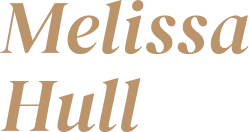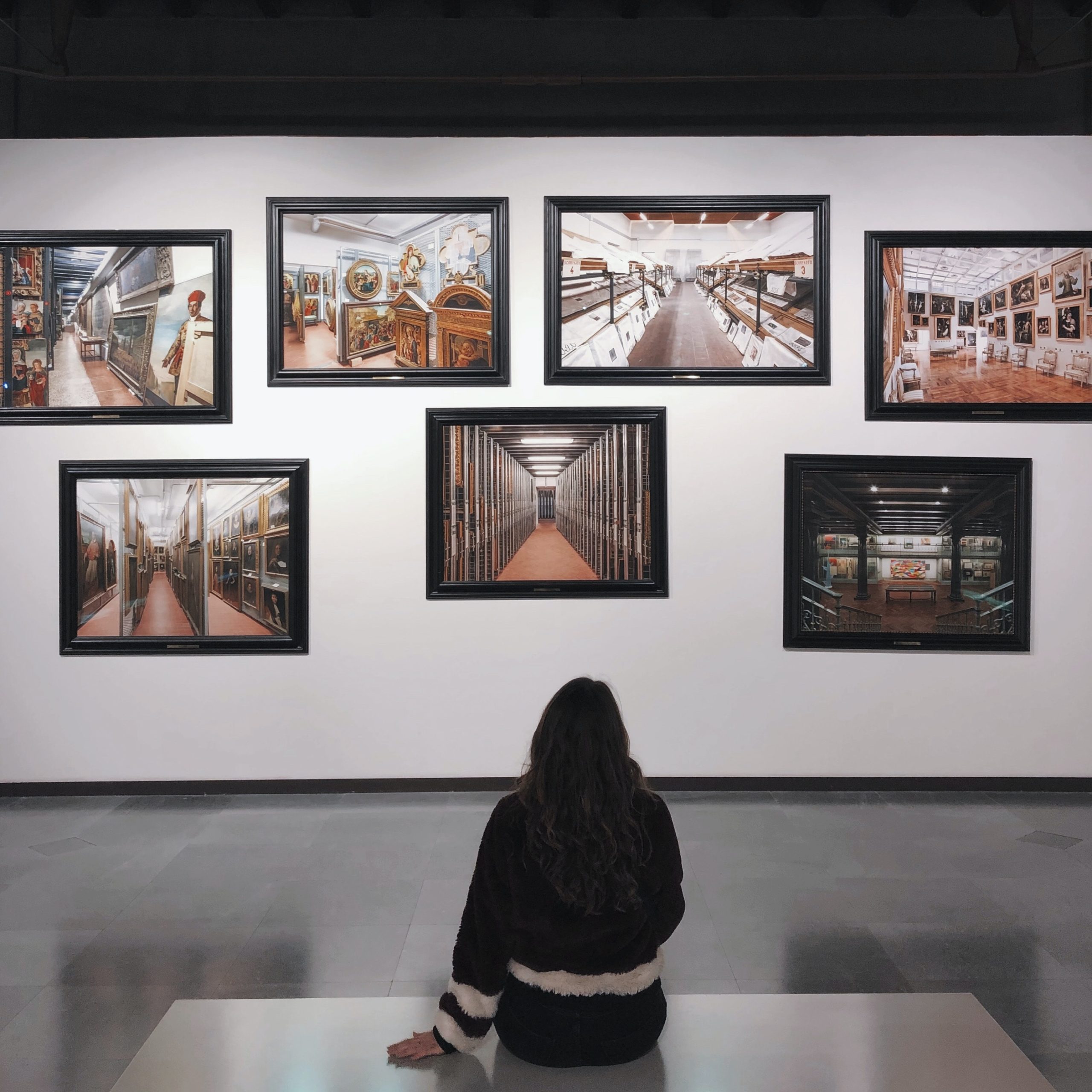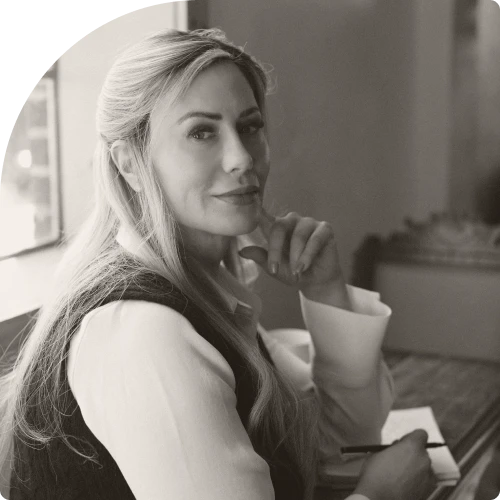In Part 3 of this 3-part series, we learn about healing our actions. To start from the beginning, click here.
Whenever I share my story, I’m inevitably asked the same million-dollar question: How did I do it? How did I heal from the devastating loss of my son? While my answer isn’t simple, it is clear.
Your path to healing from trauma is as unique as the painful experiences that brought you here in the first place. It will require dedication and exploration to find your own way through it. It won’t always be easy. It may take time.
Most importantly, you must understand that healing from trauma is a choice – and you will have to choose it over and over again. No one else can choose it for you. And it doesn’t happen on anyone else’s timeline but your own.
However, if you are ready to choose healing, I’m here to help. I’ve spent my life searching for the tools, mindsets, modalities, and alternative therapies for trauma that can help you along the way. All you have to do is figure out which ones work for you.
To help you get started, I created this 3-part series that dives into the how of a healing journey. I suggest starting here, by healing your thoughts, emotions, and actions. These seemingly simple steps set the foundation for your journey ahead, and in my experience, they can make a meaningful impact – if you choose to practice them.
How To Begin To Heal: Tools That Empower Your Actions
Once you get some practice choosing the quality of your thoughts and shifting the quality of your emotions, it’s time to put those healing from trauma vibes into action. Now, most people think trauma recovery comes in big breakthroughs and transformational shifts, and sometimes it does.
But more often, trauma recovery is a choice we put into action every single day. It’s the little choices – to set aside 15 minutes for meditation, to have that difficult conversation finally, you’ve been avoiding – that add up to create big change.
Sometimes, those daily healing actions add to overnight changes or potent moments of realization. Still, I find that most often, one day, you wake up and notice that somehow the pain just feels less heavy. Those tiny moments of choice have been working all along.
In addition to those little daily decisions, you can also take action in bigger ways, such as starting a special project or trying something new. One of my favorite ways to express my healing process is through serving others.
If I can use my experiences to make a positive difference in another’s life, then I can imbue the past with new meaning and redefine the things that happened to me. It helps me find the good and the growth, even in the hardest circumstances.
Regardless of how you turn healing into action, the important piece to remember is that you try. That’s all it takes. Try, and keep trying, until you discover the practices, activities, and adventures that heal you. Here are a few that worked for me:

Service
As I mentioned, serving others has always been a deeply healing experience for me. I first discovered the transformative power of making a difference while I was still reeling from losing Drew.
Someone from a water safety organization suggested that Drew’s story could make the topic more meaningful and accessible to kids if I were open to sharing it. So I decided to give it a try, starting with children in our community who were Drew’s age.
I quickly discovered that this sense of purpose came from the idea that I could share Drew’s story with the kids who are most at risk – and possibly stop this from happening to another family. So, I made the decision to dedicate my and his life to helping other kids feel safe around water. I was going to do my part, and I was going to take Drew with me while doing it.
With that mission in mind, service became a new, positive way of facing my grief. It led to passion and purpose and all new meaning surrounding the darkest moments of my life. Before I knew it, pain was no longer the first emotion I felt when I thought of Drew. Instead, I could spend time in gratitude and appreciate all the gifts he’s given me and this world. It took steady, intentional action to get there, but it was so worth it.
Nothing about healing from trauma or grief is easy, and choosing to find the opportunity to serve others when your own heart is broken is not the easy road. For me, however, it was the most meaningful road, and I’m not the only person who has transformed pain into purpose. But the people who do are often the ones who’ve made a difference, started conversations, and enacted cultural changes.
They are the examples we need to move people on a global level. We need the ones we’ve lost and the ones who loved them to guide us toward a better way of being – because the people who lead the charge are usually the ones who’ve been impacted in the most significant ways. So I ask you: What do you choose to do with what you cannot change?
Creative Expression
During the most painful days of my grief, I remember trying to talk things through with counselors, clergy members, and friends. But no matter who I spoke to, the words “hurt,” “pain,” and “loss” just never felt sufficient.
They couldn’t encompass everything I felt: the weight inside my body, the fog that clouded my mind, the heaviness around my heart. Nothing, it seemed, could alleviate my feelings of grief – until I picked up a paintbrush again.
While I was painting, I didn’t think as much about the pain. Instead, I let it pour out of me and onto the canvas. I used every aspect of the process to say something words couldn’t convey.
The thickness of the paint communicated the weight I felt inside me. The tenebrism of my brush strokes conveyed the panic and fear around me. The colors and imagery depicted the intensity of the emotions that coursed through me. The dark, chaotic, frenzied life I was internally living was being reflected externally on the canvas.
I was using art to communicate the pain I felt but couldn’t find words to articulate. I was trying to share things I didn’t want to say out loud, but I felt brave enough to put them on a canvas. Color became my voice, and the canvas became my story.
More importantly, the entire process began to connect me with the part of my grief I didn’t know how to face. It gave me a language for my grief so that I could finally meet it face to face. Art, it seems, was telling my story even before I could find the words.
If you can feel that you’re holding onto some deep emotions, but you can’t seem to find the words for them, try expressing them through art. Choose a medium that speaks to you, and then play. Keep playing and creating until you find a form of expression that makes you feel safe enough to put it all on the table or the canvas.
Alternative Therapies for Trauma
Ever since I was a kid, I’ve always felt very intuitive when it comes to energy. Often, I see energy and emotion in terms of color, and that was an experience that always felt normal and natural to me.
In fact, I thought everyone could see the colors of light that surrounded people. It wasn’t until I started getting older that I realized seeing the color of someone’s aura wasn’t a common experience for everyone.
Later on, while I was making progress in my trauma recovery journey, I discovered energy work – and other body-healing alternative therapies for trauma – was a form of healing that felt like returning home to myself.
That’s when I chose to learn more about this part of myself that I had silenced long ago, and I explored healing through Reiki, Aura Personality Consulting, Cellular Release Therapy, Emotion Code Therapy, and more.
Through this type of work, I finally started to feel like I was healing on a deeper level. I had let go of the pain and trauma from my mind and heart, and by releasing it from my body, I was letting go of another layer of my grief.
You see, though residual trauma hides deep in our hearts and minds, one of its most common hiding spots is also within our bodies. Yet, finding ways to release trauma from the body is an often overlooked healing modality. We most commonly see trauma and pain as problems of the mind and fail to acknowledge how the body can help in the healing process, too.
In fact, examples of the powerful mind-body connection show up everywhere in our daily lives. For example, have you ever returned to a location where trauma occurred and felt an overwhelming, visceral response in your mind and body?
Your hands sweat, your pulse races, and all of a sudden, you feel like you’re back in that moment. Your body remembers the sensory details of that location – the sights, the smells, the sounds – and it transports your mind back to the trauma memory. Our emotions leave a cellular imprint that our bodies cannot ignore.
After all, we are energetic beings. We are made of energy, and according to the Law of Conservation of Energy, that energy can neither be created nor destroyed. It can, however, be converted from one form of energy into another. Similarly, the energy of our trauma is held in the body – until it’s intentionally transformed.
That is the goal when releasing negative, traumatic energy from the body, and it’s a particularly personal process. So choose the body healing modalities that resonate for you, and don’t stop exploring until you find something that works – until you feel something that works in your trauma recovery journey.




